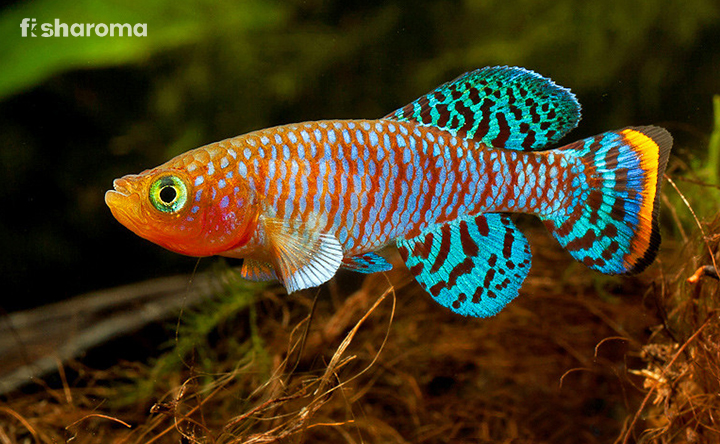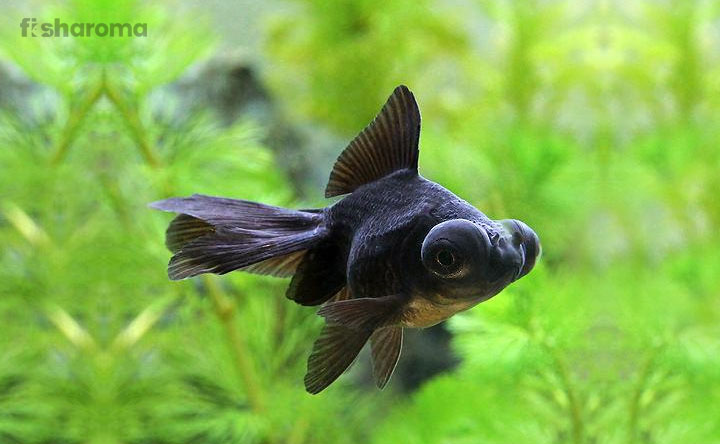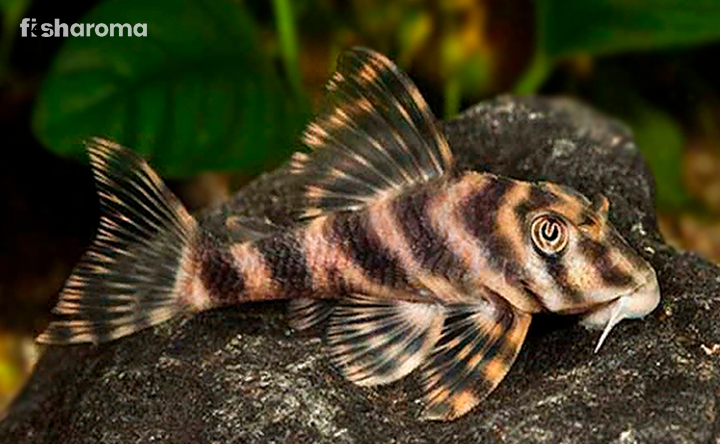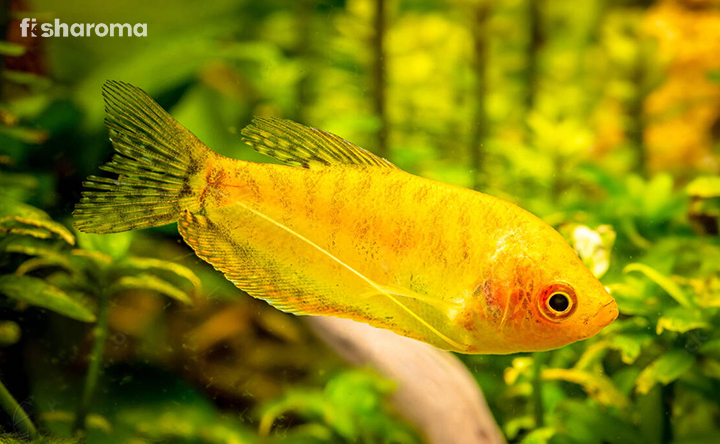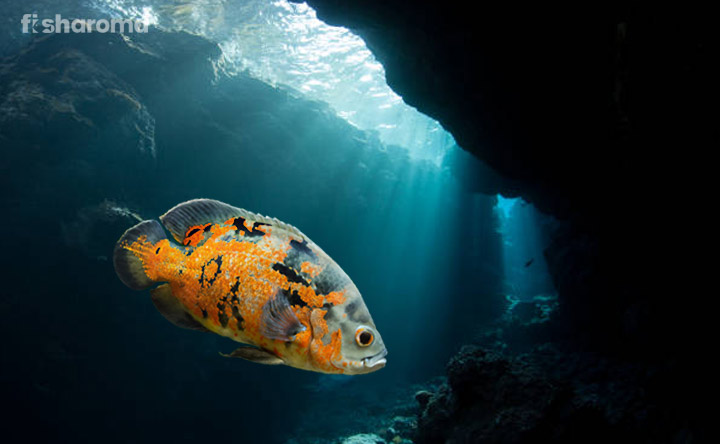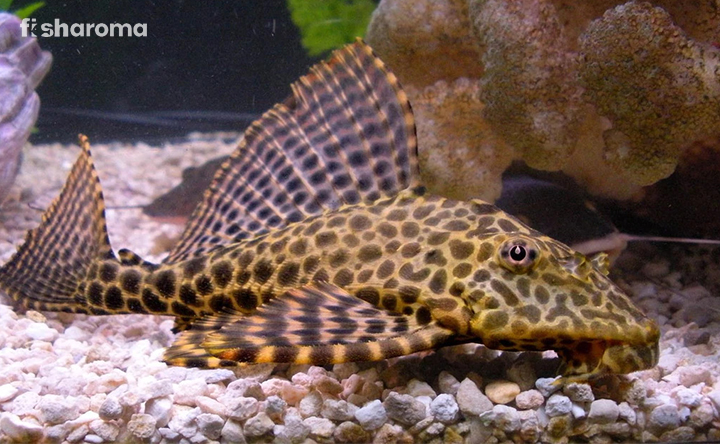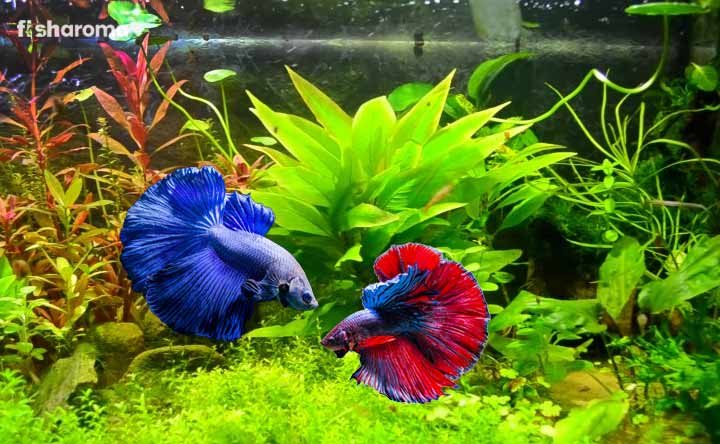Snowball Pleco: Essential Guidelines To Care For These Exoticas
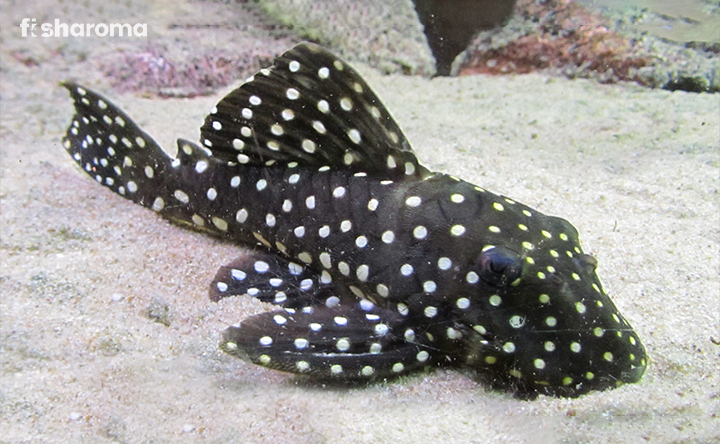
- Origin and Habitat of Snowball Pleco
- Appearance of Snowball Pleco
- Behaviour of Snowball Pleco
- Lifespan of Snowball Pleco
- Diet of Snowball Pleco
- Tank Requirements for Snowball Pleco
- Water Type for Snowball Pleco
- Compatibility of Snowball Pleco
- Breeding of Snowball Pleco
- Diseases of Snowball Pleco
- Summary
The Snowball Pleco, also known as the Orinoco Angel Pleco, is probably the gentlest in the catfish family, blessed with a striking appearance. Keeping them doesn’t require much space, and neither do they throw tantrums. Well, there are more on the platter, highlighting the qualities of the fish. Originated and widely distributed in South America, these fishes have made their way through the aquatic pet trade solely for their beauty and hassle-free maintenance.
In this article, we have explained all the necessary aspects attached to the nurturing of this particular Pleco species.
Key Specifications of Snowball Pleco
Browse through the entire care guide and get enlightened, but start with the following table:
| Origin | Rio Negro of Venezuela |
| Lifespan | 8-10 long years |
| Colours | Balck body with white or yellow patterns |
| Temperament | Territorial and loner |
| Size | 5.5-6.3 inches |
| Diet | Omnivorous |
| Compatibility | Apparently peaceful |
| Reproduction | Egg-layers |
| Maintenance Requirements | Moderate |
| Tank Size | Around 40 gallons |
Overview
Snowball Plecos are mostly known for their unique colouration. These solitary fishes are protective of their habitat and their defensive behaviour is exhibited only when they feel threatened. Otherwise, they are considered peaceful around other species, and often kept inside a community tank. The only catch is their territorial behaviour, which is characteristically expressed around other Pleco fishes, more specifically their own species. If you read the “Suitable Tank Mates” section, then you will get to know they are not necessarily incompatible.
Origin and Habitat of Snowball Pleco
Snowball Pleco is indigenous to one of the tributaries of the Amazon River, Negro River ( Río Negro in local tongue). But, the river passes through multiple countries and you will find Snowball Pleco only in the part crossing through Venezuela.
Their natural habitat is the blackwater river, meaning a dark waterbody passing through forested or swamp areas.
Appearance of Snowball Pleco
Adorned with a couple of whiskers, which is rather a common thing for other Catfishes, the Snowball Pleco showcases expanded pectoral as well as pelvic or ventral fins. The dorsal fins are triangular in shape and they can be erect, serving both the purpose of showing off and giving a “standing” position.
Entire body of these fishes has a torpedo or a slightly arched body with a downward slouch. Their mouth is also downward and the belly is characteristically flat. Females only have a more pronounced round-shaped belly. This is due to their egg-carrying feature. Also, both the male and female fishes have odontodes or teeth-like features on both of their pectoral fins, which is more conspicuous in male fishes.
Size
Considered a small fish, the size of Snowball Pleco ranges from 5.5 to 6.3 inches.
Colour
Their entire body is either black or dark-greyish, with white or yellow polka dots all around it. This round spotted or dotted pattern has earned the name Snowball for them.
Both the male and female species show dimorphism through their colourations and shape. A male Snowball Pleco has reddish hues on its body.
Behaviour of Snowball Pleco
The Snowball Pleco is essentially a nocturnal species with a preference towards resting through the daytime inside a cave or driftwoods. But, according to some aquarists, rarely some Plecos can turn active during the daytime and it totally depends on the aquarium set-up.
They are solitary, fuss-free, and don’t show finicky nature while eating. They just believe in the “live, and let live” mantra. As long as they are properly cared for, these sturdy species don’t care what is happening in their surroundings.
Lifespan of Snowball Pleco
The Snowball Pleco is normally fit as a fiddle and if it gets the required tank conditions, it can live for 8-10 years.
Diet of Snowball Pleco
These Plecos readily accept both vegetables and meaty foods. They are also an active algae eater. However, moderation should always be maintained as overeating will make the fish unhealthy and susceptible to many diseases.
On a daily basis, a healthy Pleco should have its meal twice. It is of utmost importance that foods that are usually consumed within 2-3 minutes should be provided to the Plecos. Otherwise, there will be issues related to overfeeding, leftover food accumulation and creating an overall unhealthy surrounding.
Also, you must avoid anything that can have a copper content, as the fish is extremely sensitive towards the copper intake.
Ensure a balanced diet including the following items,
- Zucchini
- Spinach
- Cucumber
- Blanched peas
- Algae wafers
- Chironomid larvae
- Brine Shrimps
- Bloodworms
- Daphnia
Since these fishes stay at the bottom, most of the time, they are best given the sinking pellets.
Tank Requirements of Snowball Pleco
Just like any pet fishes, Snowball Pleco requires a specific tank set-up, resembling their natural habitat of Negro River. While imitating the exact environment is not possible, you must always provide some basic or standard parameters in terms of water type. The fishes don’t have normal scales on its body, rather they have plate-like textures. These plates are subject to be affected by the water temperature and mineral fluctuations. So maintain proper conditioning as mentioned below for the fish.
Tank Size
A 40-gallon tank is suitable for Snowball Plecos because the fishes are not big themselves. Larger tanks are always welcome, especially when you have space and plan to keep multiple fishes together. The basic mantra is to give sufficient room for each fish so that they don’t have to come across any space-related hurdles while swimming.
There are some cases where fishes with larger tanks have been reported to outlive their own species living in smaller tanks.
Tank Lid
Provide a proper lid, as per the tank size, so that it can protect the fish from external damage and pollution of its surrounding. The lid should be flexible enough to open whenever you are feeding or cleaning.
Substrate
Keeping a proper substrate is extremely important as these fishes are bottom-dwellers by nature. They spend the entire time swimming close to the surface, so it is best to arrange for a soft sand-like substrate for them. Be cautious enough not to put anything sharp as that can injure the fish.
The natural habitat of these Plecos is quite dark, so you can place some peat to mimic that environment. Some people mix a few tea bags for the same effect.
Filter
The flow of the water should have a strong current inside the tank, so put a strong filter, maintaining the natural current flow similar to that of Negro River. Also, the filter should control the ammonia and nitrate level.
Some air bladders or pumps can perform the task of the filter as far as producing the strong current is concerned.
Ornaments
These fishes spend the daytime inside caves, driftwoods, hiding from all, and resting at the same time. You should utilize this by decorating the surface with plants, cave-like structures, and of course plenty of driftwood. The more you can, the better it is, given the ornamentations don’t create any hindrance for the swimming of the fish.
The driftwood is an essential part of the decorations, because it will release some tannins in the water, and hence giving the water, the much required dark colour, imitating the Negro River.
Lighting
The water should be opaque and somewhat blurred. So, strong lights are not suitable for the fishes, however, as an aquarium owner, you may arrange for decorative lights, but make sure they are smooth and dim, and not at all strong. This way you can look at the species without causing any irritation to the fish.
Presence of Flora
These fishes need a lot of oxygen which can be satisfied either by filters or by plants. While the filter has its own limitations, plants are natural oxygen producers so you can easily place plenty of saltwater plants. The fishes will enjoy the surroundings, and they are not that voracious plant eaters, so the plants will create the perfect surrounding for the fish.
Cleaning Method
We have already described that the fishes consume algae to a great extent and hence keep the tank clean for a good amount of time. But that doesn’t reduce your duty of cleaning. The external and internal units of the tank should be cleaned thoroughly.
Water Type of Snowball Pleco
The ideal water type includes slightly acidic and dark water for these Snowball Plecos. Without these two basic conditions, the fish won’t be able to flourish.
Temperature
The ideal temperature range for Snowball Pleco is 22-30 Degree Celsius.
pH Level
In their natural surroundings, the fish belongs to the river of acidic water. So, The standard pH level for the water is 5-7.6.
Hardness
The range for the water carbonate hardness is 6-10 dKH.
Mineral Level
The ammonia and nitrate should stay at low levels.
Replacement Procedures of Water
Cleaning the tank involves water change from time to time, so that the excess or leftover food, bioload, and other dirt are cleared from the water. In the wild, the river water is cleaned naturally without any human intervention because it is open to so many options, These are otherwise not possible in a much smaller set-up like fish tanks. So, perform at least 30-50% of water change every week.
Compatibility of Snowball Plecos
Snowball Plecos are solitary creatures by nature and socializing is not their forte. Even if they are put inside a tank with other fishes, they will showcase a completely nonchalant behaviour, like other ones don’t exist. In this way, they are peaceful with others, but the same can’t be applied when there are two male Snowball Plecos. The reason is that males are extremely territorial and they don’t get along with each other. But if you wish to keep multiple, please house a single male with multiple female Snowball Plecos. They don’t have any problem with each other.
Suitable Tank Mates
Following are the names of the potential suitable neighbours that you can house with Snowball Plecos
- Ember Tetras
- Celestial Pearl Danios
- Rummy Nose Tetras
- Cory Catfish
- Cichlids
- Snails
- Amano Shrimps
The reason, why these fishes are known to be ideal aquarium mates for Snowball Plecos is that these fishes, shrimps, and snails are not territorial, they don’t threaten, harm or disturb the Plecos. Also, all these underwater creatures require similar water conditions just like the Snowball Pleco.
Unsuitable Tank Mates
As mentioned above, you can’t house two male Snowball Plecos together as their aggression for each other is harmful in more than one way. Along with that, any extremely territorial fish is highly unsuitable. Other fishes that can potentially disturb the Plecos and need different water temperatures or other settings should strictly be avoided.
Breeding of Snowball Pleco
Breeding in captivity is very much possible and it usually starts in a separate breeding tank. Clean water is required, so are the other parameters. Get a pair and feed them live or frozen food to encourage breeding. Once the female is ready she will be full of eggs and its body will be plumper. It will, then eventually, lay eggs inside the caves of the breeding tank.
Once the eggs are fully laid, the male Snowball Pleco will show parental care and guard them. In the meantime, it will continuously fan the eggs and around 1 week they are hatched and little fishes or “Fry” come out. These newborns then consume their egg sacs.
You can give brine shrimps and blanched vegetables to these baby fishes for an optimal thriving condition.
Disease of Snowball Pleco
Snowball Pleco are normally hardy species and they don’t easily fall sick. However, you should not take this fact for granted and one should always follow the recommended tank and diet parameters for ensuring the prime health of this little Snowball Pleco.
But, these fishes are not beyond any sickness either, as any disease that a freshwater fish can get affected by, attack these Plecos as well. They are either bacterial or parasitic infections or other like, ich, causing some unusual white spots all over the body. Any copper-based medications would do good for healing such things, but since the fish has a sensitivity towards copper you should consult a veterinarian beforehand.
Summary
The small but beautiful fish has a no-nonsense attitude, ideal for aquarists. With a rich background like the Wild Amazon River, these fishes have all the vibrancy that will enhance the tank. Feeding is important, but neither are they finicky nor are sensitive. So, who wouldn’t like such species for their own tanks. The biggest bonus is that they look “awwdorable” with tiny polka dots all over their small bodies.
Other Similar Care Guides
If you have read the entire article, we are sure you will find these following articles enthralling without a doubt
- Gold Nugget Pleco – The spotted Pleco species is an absolute eye-catcher. They are usually peaceful with an average lifespan of 4-5 years.
- Discus Fish – The South American species belongs to the Cichlidae family. This fish has different colour variations like brown, turquoise, golden yellow, and so on.
- Zebra Pleco – The black and white fish is a cousin of Snowball Pleco. Originating in Brazil, their magnificent look and peaceful nature make a wonderful pet out of them.

